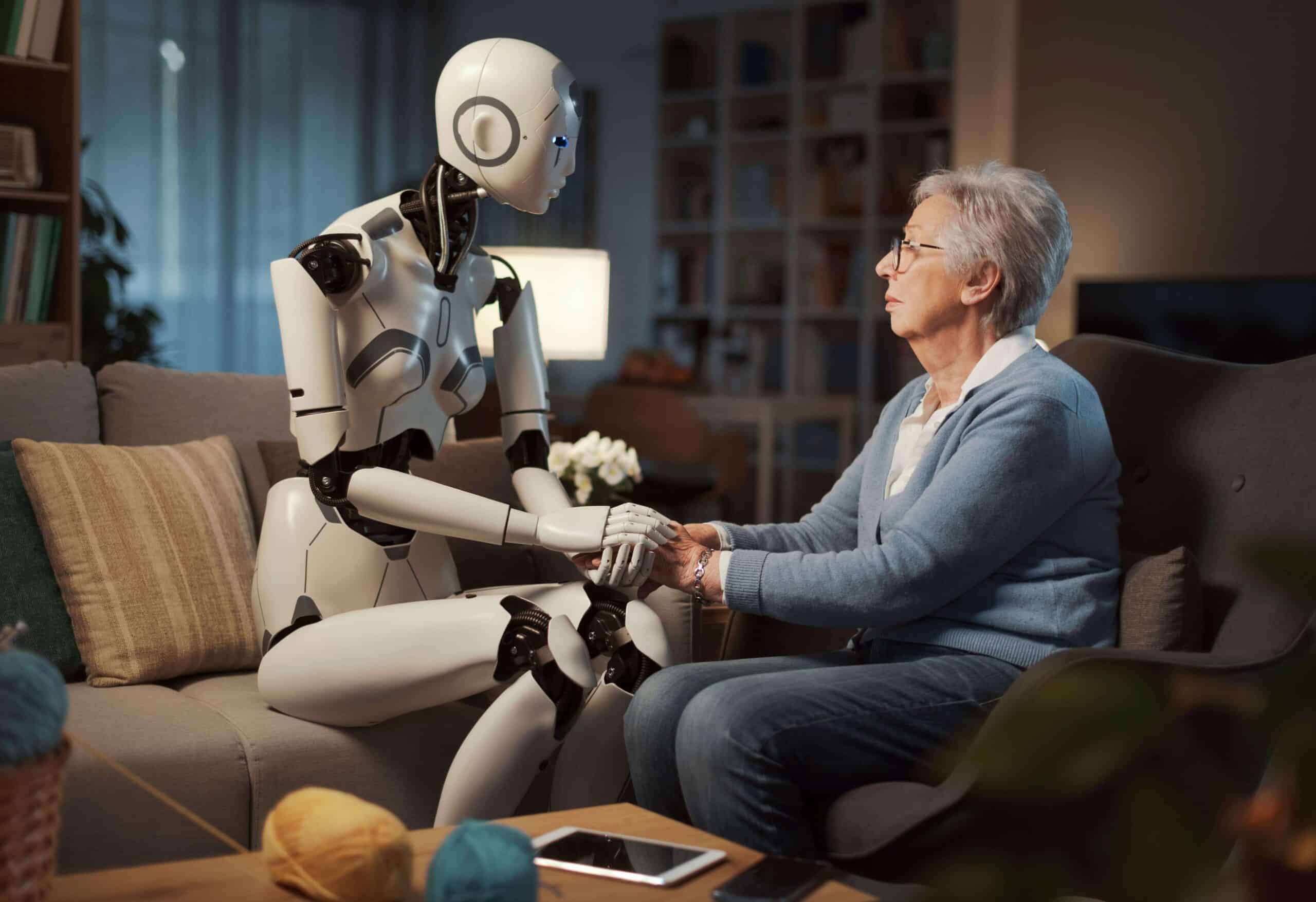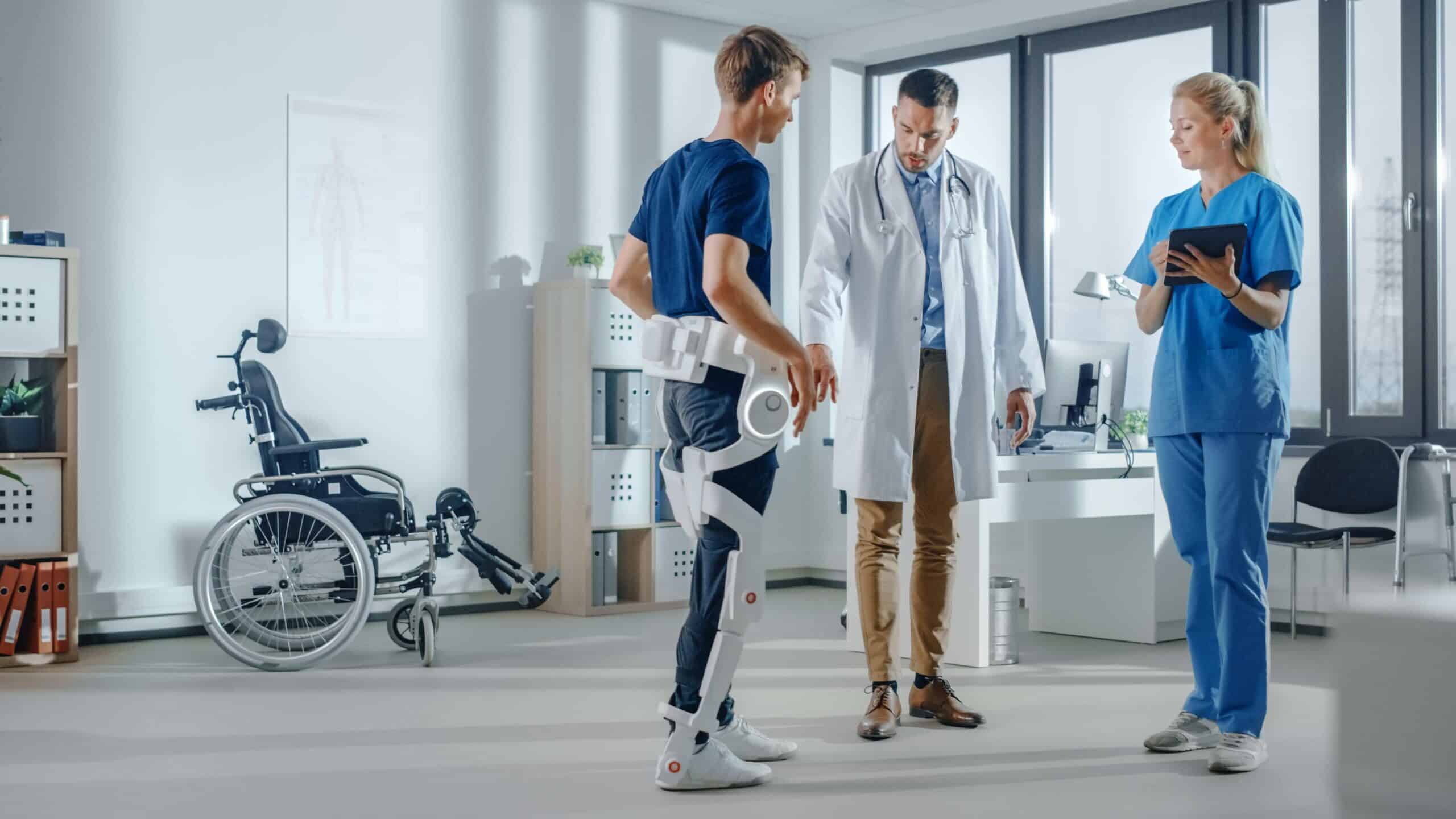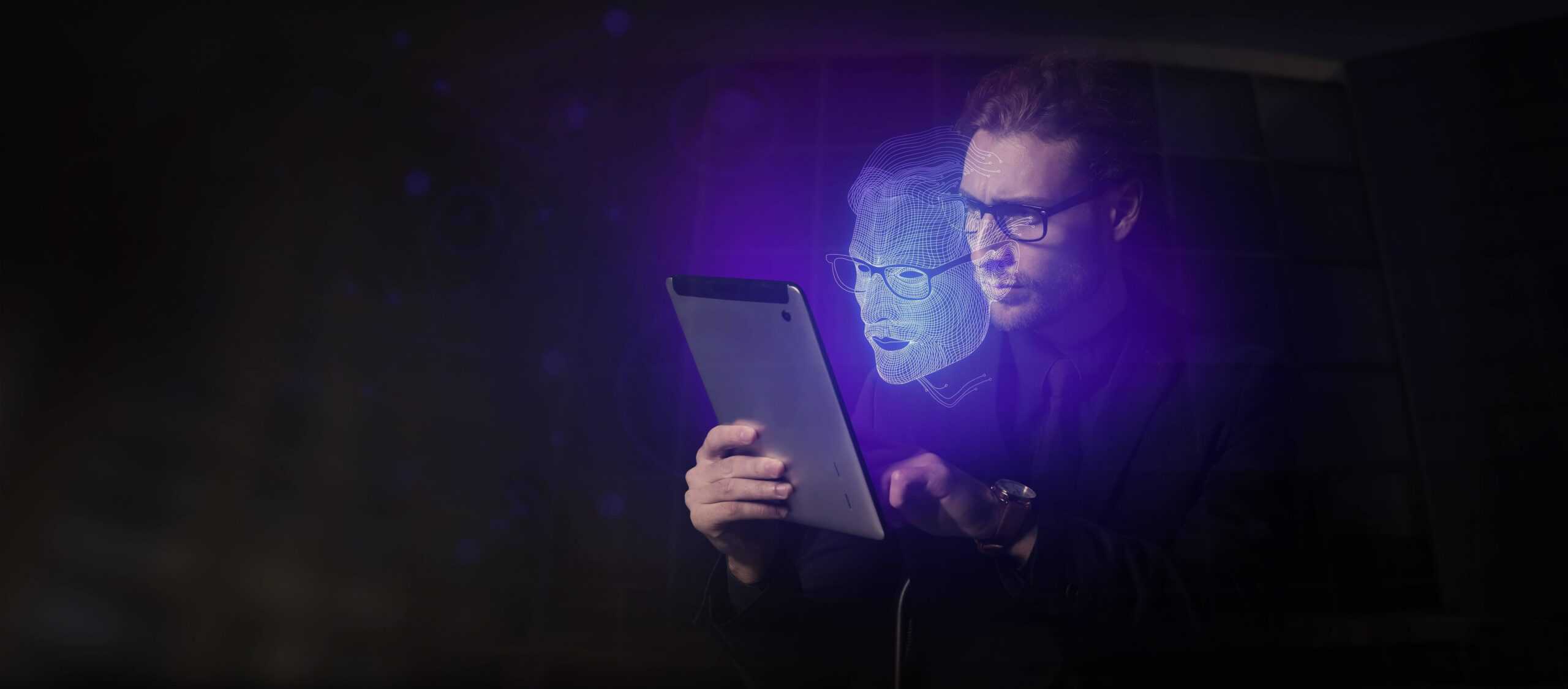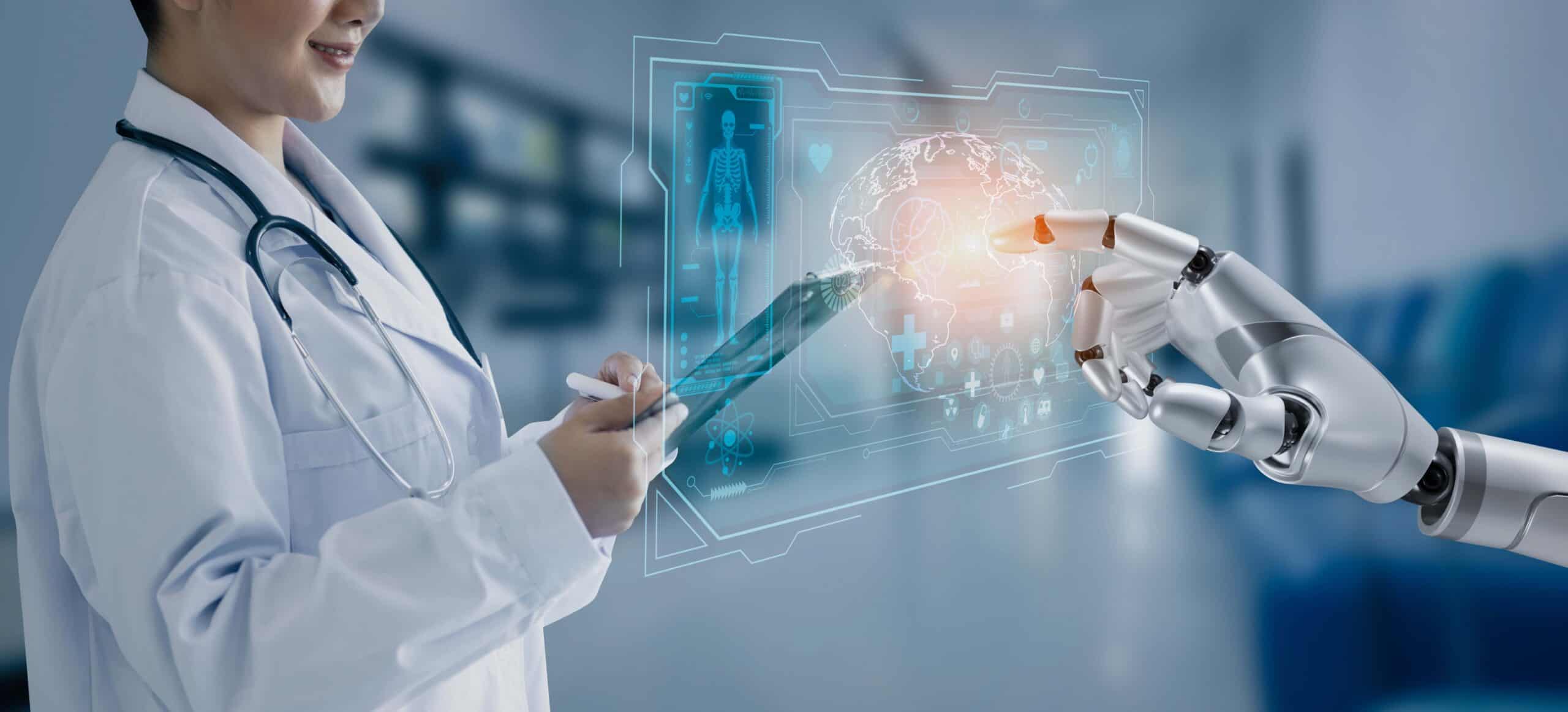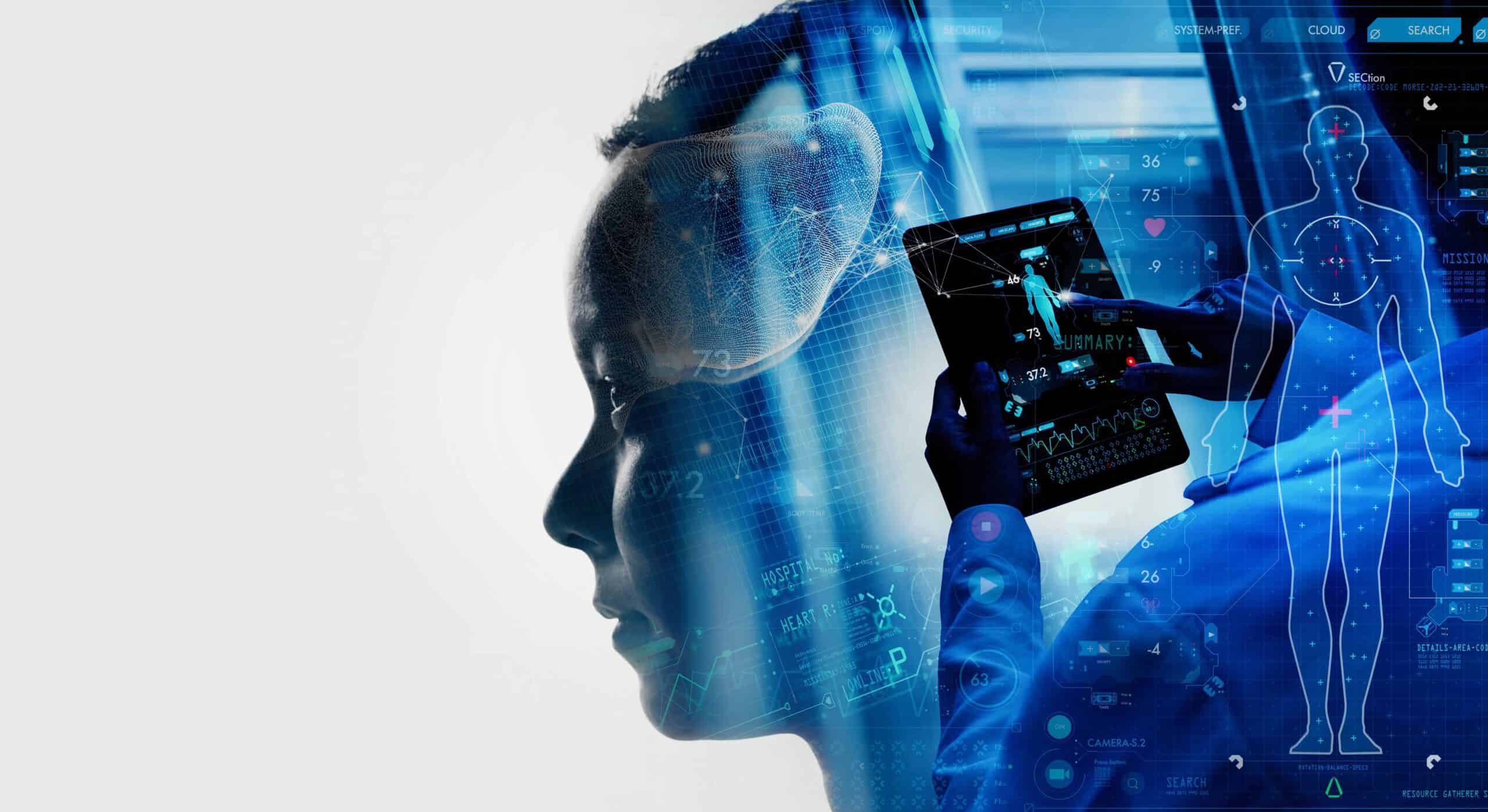- There’s still a major digital divide between older and younger generations
- ElliQ is a social robot for the elderly
- Samsung’s Bot Care robot helps users monitor their health
- Walabot Home can detect falls and call for help
- Abeye unveils the world’s first fall detection eyewear
- CarePredict @Home is a new AI-powered platform for senior care
- Bridging the digital divide
Human life expectancy has increased significantly over the last couple of decades. While reaching sixty used to be a rare occurrence in the past, the majority of people today can expect to live at least that long. One of the main consequences of this development is that the world’s population is aging rapidly. In 2015, there were 900 million people aged 60 years or older in the world. By 2050, that number is expected to reach 2 billion, according to the World Health Organization. The number of people aged 80 years or older is expected to experience similar growth, rising from 125 million in 2018 to 434 million by 2050.
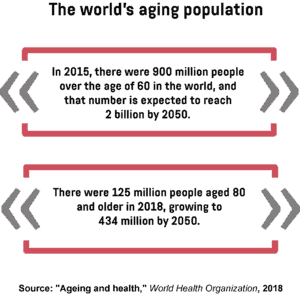
As technology takes on an increasingly prominent role in today’s society, seniors are forced to adapt to this new reality and become more tech-savvy. In the United States, where people aged 65 and older make up approximately 15 per cent of the overall population, 42 per cent of people in this age group now own smartphones, as opposed to just 18 per cent in 2013, reveals a recent Pew Research Center survey. Similarly, the percentage of seniors who use the internet has grown from 12 to 67 per cent between 2000 and 2016.
There’s still a major digital divide between older and younger generations
While these figures show a notable improvement in tech adoption among seniors, a large percentage of them are still left out of the digital world. Approximately 33 per cent of adults aged 65 and older never use the internet, while nearly half of them don’t even have broadband at home. That means that there’s still a major digital divide between younger and older people, preventing the latter from enjoying everything our society has to offer.
However, as the world’s senior population continues to grow, companies are becoming increasingly aware of their purchasing power, as evidenced by the growing number of products designed specifically for this segment of the population. The global aging economy was estimated at $17 trillion in 2018 and is predicted to reach $27 trillion by 2025, while global age tech spending is predicted to grow from $700 billion in 2018 to $2.7 trillion by 2025.
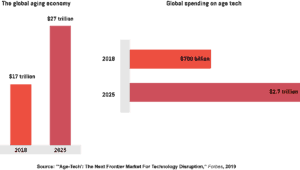
ElliQ is a social robot for the elderly
Social isolation is one of the biggest issues faced by older adults, and it can have serious consequences for their mental wellbeing. To address this problem, the Israeli startup Intuition Robotics developed ElliQ, an AI-equipped robot designed to help seniors feel less lonely by providing them with social companionship.
The robot is made up of three main components: a base unit that houses a microphone array, a speaker, and a magnetic charging dock; a detachable tablet equipped with a dual camera; and a robotic head that moves around as it interacts with the user, mimicking the way a real person would move their head in a conversation. The robotic head is equipped with a camera as well and uses computer vision to inspect its environment and identify what the user is doing. If they’re just sitting around doing nothing, ElliQ will try to engage with them by suggesting they take a walk, telling them a joke, or offering to play a song or video they like. Thanks to artificial intelligence, ElliQ should eventually be able to learn what the user likes and dislikes, allowing it to offer even more personalised suggestions.
Users can also instruct ElliQ to remind them when they need to take their medication or drink some water. They can also use the tablet to send text messages, share photos and videos, or make voice and video calls to their family and friends. ElliQ will read all the messages the user receives aloud and describe the content of the images within, after which they’ll be able to respond with a voice message of their own. At the same time, family members will be able to use the accompanying app to monitor conditions in the home and check in if they detect something unusual.
Samsung’s Bot Care robot helps users monitor their health
At CES 2019, the Korean tech giant Samsung unveiled a new line of consumer robots designed specifically to help older people keep track of their health. The Bot Care robot uses AI and sensors to measure users’ vital signs, such as blood pressure and heart rate, and monitor their sleep patterns. It can also help users regulate medicine intake, offer exercise suggestions, and help users manage their stress through music therapy.
“Connecting people in new ways and helping them care for their homes and families is one of our biggest missions,” says John Herrington, the senior vice president and general manager of home appliances at Samsung Electronics America. “Samsung is taking connected living to the next level with innovations that are more intelligent and intuitive, allowing people to get things done while enjoying time with family and friends.”
Walabot Home can detect falls and call for help
Falls are now considered the leading cause of both fatal and non-fatal injury among older adults. The Centers for Disease Control and Prevention estimates that 29 million people over 65 fall annually in the United States alone. However, despite the risk to their health, most seniors refuse to wear fall detection devices out of fear they’d restrict their independence. To solve this problem and enable us to monitor falls without the need for a wearable, the Tel Aviv-based startup Vayyar Imaging recently unveiled Walabot Home, a smart device that uses 3D imaging and radio waves to see through walls, detect when a person falls, and automatically call emergency services.
Using technology originally developed to allow contractors to detect pipes, studs, cables, and wires hidden behind walls, Walabot Home can be placed on any wall in a home to monitor people’s movements. Once set up, the device requires no further action from the user. It operates in the background and automatically calls for help as soon as it detects that someone has fallen. Furthermore, as it doesn’t rely on cameras or accelerometers for detection, it can also work in conditions like darkness, smoke, steam, and fire.
Abeye unveils the world’s first fall detection eyewear
With falls being the biggest threat to senior health and safety, it’s no wonder that there’s a large number of devices out there designed to address this particular problem. One of them comes from a French startup called Abeye, which recently unveiled smart glasses that can detect falls and automatically call for help. Described as the world’s first fall detection eyewear, the Senior Care eyeglasses look like an ordinary pair of glasses. However, unlike regular glasses, they’re equipped with state-of-the-art electronics and advanced algorithms that allow them to detect a fall in just 5 milliseconds.
Senior Care glasses are powered by batteries that can last for four months before they need to be replaced. They don’t have to be charged and there’s no on/off button. All users have to do to be protected is put the glasses on. The glasses can detect a broad range of falls with a high degree of accuracy and a very low rate of false alerts. Once a fall is detected, the glasses vibrate gently to let users know that help is on the way. Users then have 20 seconds to cancel the alert before the glasses notify emergency services via the home relay. There’s also a button that allows users to call for help manually in case of heart problems, fire, or home intrusion. What’s more, the Senior Care glasses can be fitted with any prescription lenses.
CarePredict @Home is a new AI-powered platform for senior care
CarePredict, one of the leading digital health companies, recently launched a new AI-powered platform called CarePredict @Home, which uses machine learning, smart wearables, and unique kinematics to collect a wealth of information about older people’s daily activities and predict upcoming health concerns, including increased risk of falls, depression, and urinary tract infections (UTIs).
CarePredict @Home features various sensors and wearables that automatically record seniors’ activities and behaviour patterns, such as eating, drinking, sleeping, walking, grooming, bathing, and toileting. The platform then uses deep learning models to analyse the collected data and detect signs of depression, unusual toileting patterns that may indicate a urinary tract infection (UTI), or gait changes, lack of rest, and dehydration that may lead to an increased risk of fall.
“CarePredict @Home is the solution for parents and grandparents anywhere in the world who want to age at [sic] the comfort of their own home in a safe, smart and sustainable way. At the same time, it empowers family members with constant visibility and unparalleled insights into the evolving health of their loved ones and allows them to make the right decisions well in advance,” says Satish Movva, the CEO and founder of CarePredict.
Bridging the digital divide
Technology has transformed almost every aspect of our daily lives, changing the way we communicate, shop, and consume news. Unfortunately, not everyone gets to enjoy the benefits provided by new technologies. The majority of today’s innovative solutions are developed without taking the needs of older adults into account, preventing this segment of the population from fully participating in society.
Things are slowly starting to change, though. Older adults are expected to account for nearly a quarter of the global population by 2050, which means they’ll also hold a large portion of the world’s wealth in their hands. Companies have also recognised the opportunity presented by this segment of the population and responded by flooding the market with gadgets and services aimed exclusively at older adults, offering them social companionship, fall protection, and proactive care, among other things.


